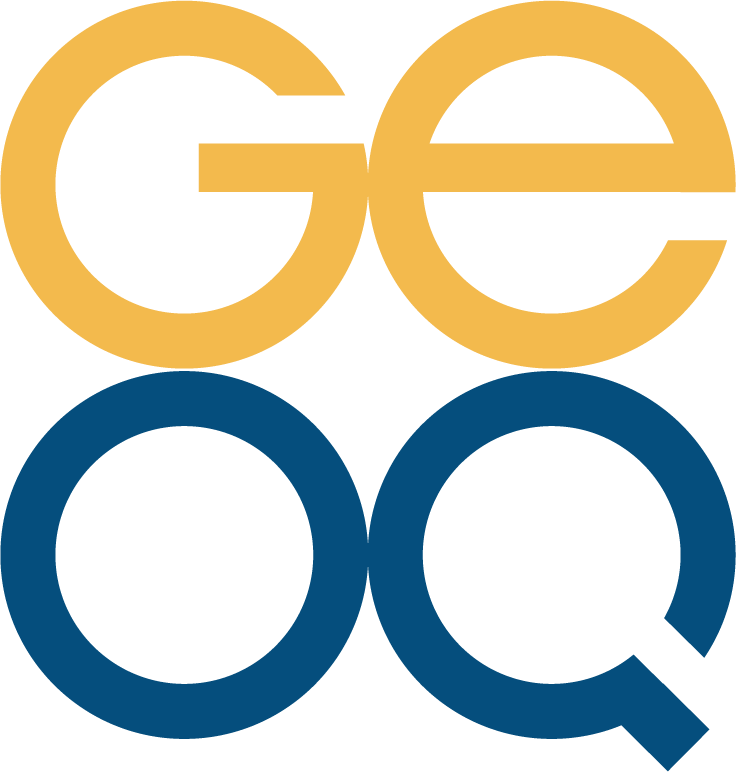| CRITÈRES D'EXCLUSION |
(EN)
-
As judged by the Investigator, any evidence of severe or uncontrolled systemic diseases, including, active bleeding diatheses, or active infection including HepB, hepatitis C and HIV. Screening for chronic conditions is not required.
- Active HBV is defined by a known positive HBsAg result. Participants with a past or resolved HBV infection (defined as the presence of HepB antibody and absence of HBsAg) are eligible.
- Participants positive for HCV antibody are eligible only if PCR is negative for HCV RNA.
- Participants with any known predisposition to bleeding (eg, active peptic ulceration, recent [within 6 months] haemorrhagic stroke, proliferative diabetic retinopathy).
- Participants with history of MDS/AML or with features suggestive of MDS/AML (as determined by prior diagnostic investigation). Specific screening for MDS/AML not required.
- Prior malignancy within 3 years of screening whose natural history, in the Investigator's opinion, has the potential to interfere with safety and efficacy assessments of the investigational regimen.
- Concomitant use of drugs that are known to prolong or shorten QT and have a known risk of TdP.
-
Any of the following cardiac criteria:
- Mean resting corrected QT interval (QTcF) > 450 milliseconds or QTcF < 340 milliseconds obtained from triplicate ECGs and averaged, recorded within 5 minutes.
- Any factors that increase the risk of QT prolongation, shortening or risk of arrhythmic events such as hypokalaemia, congenital long or short QT syndrome, family history of long QT syndrome, familial short QT syndrome or unexplained sudden death under 40 years of age or any concomitant medication known to prolong or shorten the QT interval.
- Any clinically important abnormalities in rhythm, conduction or morphology of resting ECG eg, complete left bundle branch block, second or third degree atrioventricular block and clinically significant sinus node dysfunction not treated with pacemaker.
-
Other CVS diseases as defined by any of the following:
- Symptomatic heart failure (as defined by NYHA class ≥ 2).
- uncontrolled hypertension.
- hypertensive heart disease with significant left ventricular hypertrophy.
- History of acute coronary syndrome/acute myocardial infarction, unstable angina pectoris, coronary intervention procedure with percutaneous coronary intervention or coronary artery bypass grafting within 6 months prior to screening.
- cardiomyopathy of any aetiology.
- presence of clinically significant valvular heart disease.
- history of atrial or ventricular arrhythmia requiring acute treatment; participants with atrial fibrillation and optimally controlled ventricular rate (heart rate < 100 bpm) are permitted.
- transient ischaemic attack, or stroke within 6 months prior to screening.
- participants with symptomatic hypotension at screening.
- Refractory nausea and vomiting, chronic gastrointestinal diseases, inability to swallow the formulated product or previous significant bowel resection that would preclude adequate absorption of AZD5305.
- History of prior malignancy, treated with chemotherapy, biological therapy, radiation therapy, androgens, thalidomide, immunotherapy, or other anticancer agent within 3 years of screening. Previously localised surgically treated malignancy is acceptable, if no evidence of recurrence.
- Known allergy or hypersensitivity to investigational product(s) or any of the excipients of the investigational product(s).
- Prior treatment with any systemic or localised anti-cancer treatment for the localised prostate cancer.
- During the 4 weeks prior to the first dose, receiving immune modulatory agents including but not limited to, continuous corticosteroids at a dose of > 10 mg prednisone/day or equivalent.
-
Concomitant use of medications or herbal supplements known to be:
- Strong and moderate CYP3A4 inducers/inhibitors (applies for AZD5305 and AZD5305 + darolutamide arms)
- Strong and moderate CYP3A4 and/or P-glycoprotein inducers (applies to darolutamide arm and AZD5305 + darolutamide arm) This is including, but not limited to, the prohibited medications listed in CSP Appendix G, or inability to stop the use thereof, at least 21 days or at least 5 half-lives (whichever is longer) before the first dose of study treatment until 30 days after the last dose of study treatment.
- Treatment with any investigational agents or study interventions from a previous clinical study within 5 half-lives or 3 weeks (whichever is longer) of the first dose of study treatment.
- Participants with contraindication to darolutamide for treatment arms
- Unable to comply with the visits and assessments.
- In the opinion of the Investigators should not be included in this study.
No treatment arm only: if any participant meets exclusion 4, 9 or 11, they are not to be included in the study.
|
